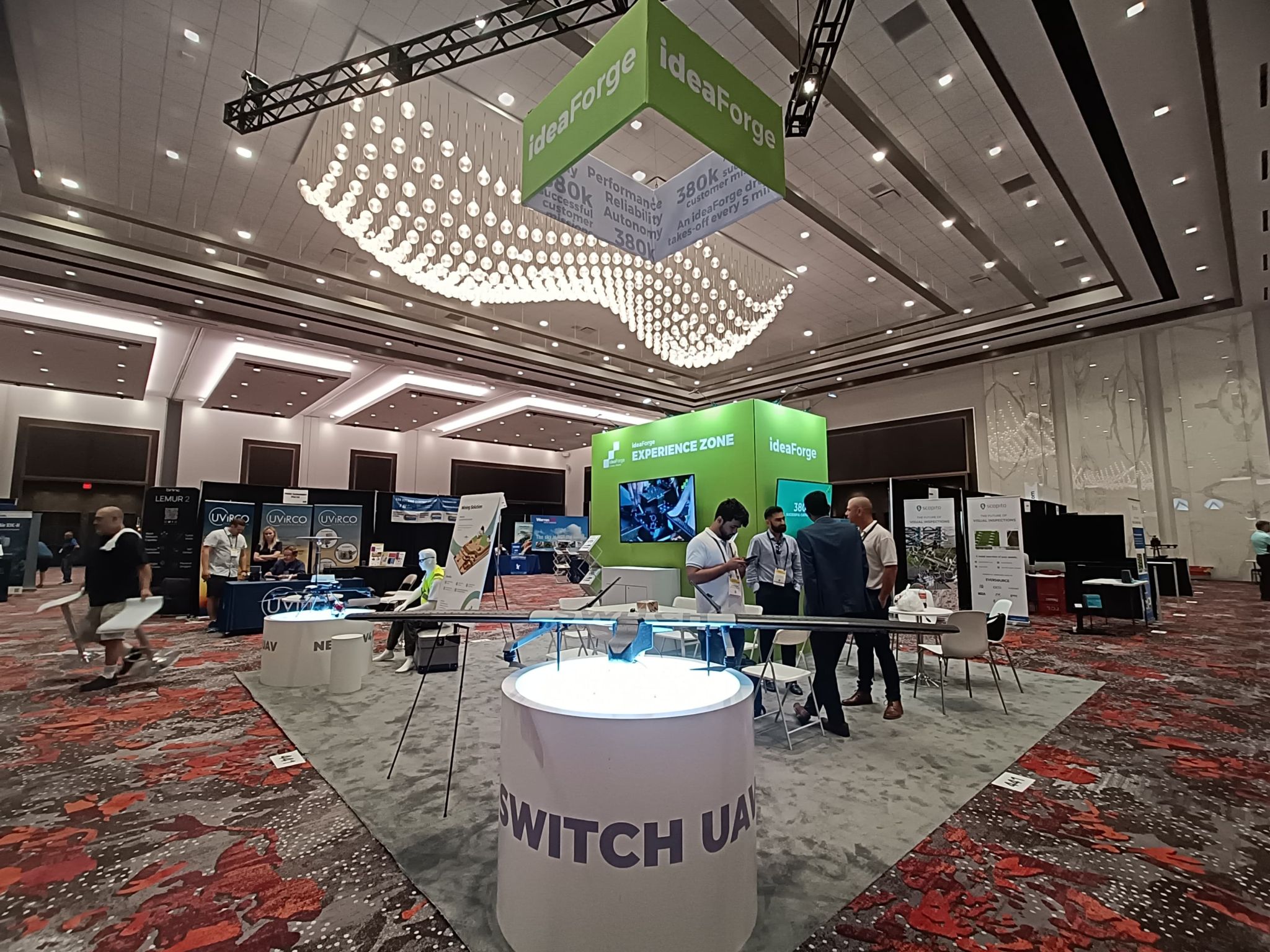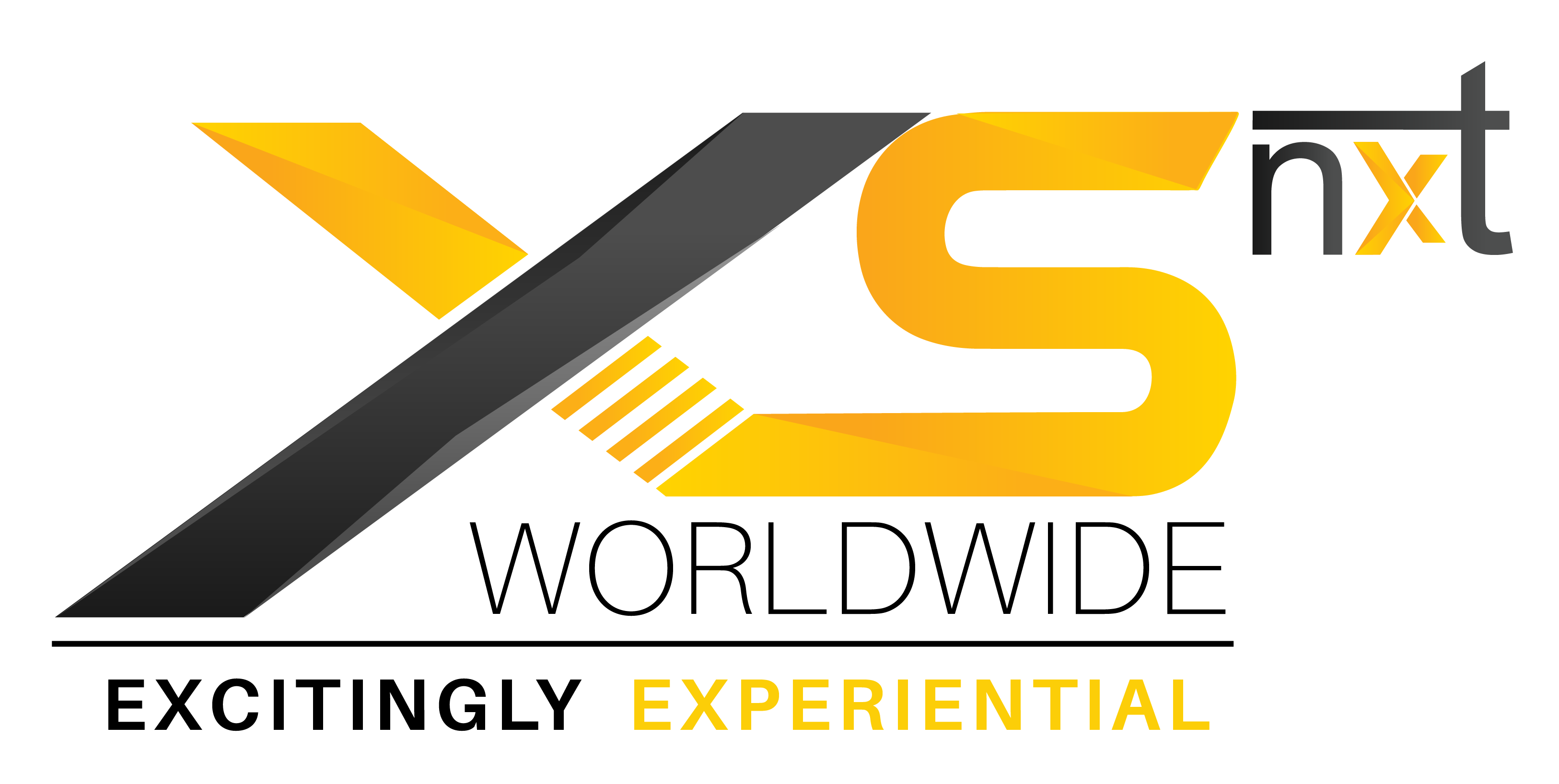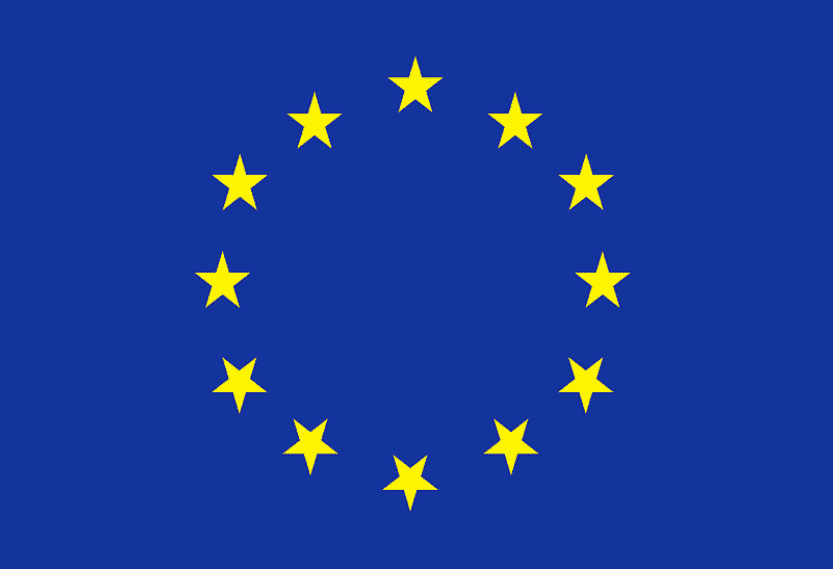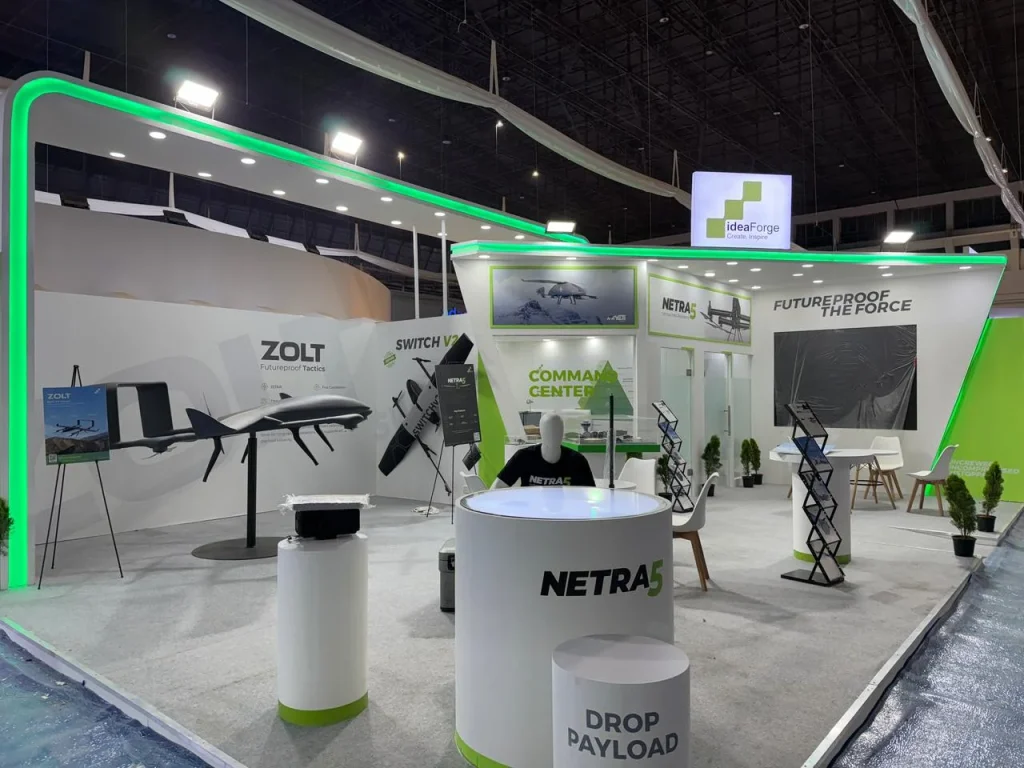
Introduction
In today’s dynamic event landscape, versatility is key. Multi-purpose booths, designed to adapt to various events and objectives, offer a flexible solution for exhibitors. These booths not only maximize utility but also provide a cost-effective and sustainable approach to event marketing. This blog explores the concept of multi-purpose trade show booth design, highlighting strategies to create adaptable spaces that meet diverse needs and deliver impactful results.
1. The Need for Multi-Purpose Booths:
As companies participate in a range of events—from trade shows and conferences to product launches and experiential marketing—having a booth that can be easily reconfigured is essential.
- Cost-Effectiveness: Investing in a multi-purpose booth can save money in the long run. Instead of designing a new booth for each event, companies can reuse and adapt their existing booth, reducing design and production costs.
- Consistency: A multi-purpose booth ensures consistent branding and messaging across different events. This consistency reinforces brand identity and helps build recognition and trust among attendees.
- Sustainability: Reusing booth components reduces waste and aligns with sustainable business practices. This is increasingly important as companies strive to meet environmental goals and appeal to eco-conscious consumers.
2. Key Elements of Multi-Purpose Booth Design:
Designing a multi-purpose trade show booth requires careful planning and consideration of various elements to ensure adaptability and functionality.
- Modular Components: Use modular components that can be easily assembled, disassembled, and reconfigured. This flexibility allows the booth to adapt to different spaces and layouts.
- Interchangeable Graphics: Design graphics that can be easily swapped out or updated. This allows for customization based on the specific event or target audience without needing to create entirely new displays.
- Versatile Furniture: Choose furniture that is lightweight, portable, and multifunctional. For example, tables that can double as display platforms or seating that can be rearranged to suit different purposes.
- Technology Integration: Incorporate technology elements such as digital screens, interactive kiosks, and charging stations. These can be adapted for different uses, from presentations and product demos to virtual meetings and attendee engagement.
3. Designing for Adaptability:
To maximize utility, multi-purpose booths should be designed with adaptability in mind. Here are some strategies:
- Flexible Layouts: Plan for various booth configurations that can be adapted to different spaces and event types. Create layout templates that can be easily modified based on the event’s requirements.
- Scalable Design: Ensure that the booth can be scaled up or down depending on the size of the event. Modular components can help create larger or smaller setups as needed.
- Neutral Aesthetics: Opt for a neutral design palette that can be easily enhanced with event-specific branding and graphics. This allows the booth to blend seamlessly into different environments while maintaining a cohesive look.
4. Enhancing Engagement Across Events:
A multi-purpose trade show booth should not only be versatile but also engaging, offering a memorable experience for attendees.
- Interactive Elements: Incorporate interactive elements such as touchscreens, VR experiences, and product demonstrations. These can be adapted to suit different events and audiences, keeping engagement high.
- Multi-Functional Areas: Designate areas within the booth for different activities, such as product displays, meeting spaces, and lounge areas. These can be reconfigured based on the event’s focus and attendee needs.
- Customizable Lighting: Use adjustable lighting to highlight different areas of the booth. This can create a dynamic atmosphere and draw attention to key features or products.
5. Practical Examples of Multi-Purpose Booths:
Looking at real-world examples can provide inspiration and practical insights into effective multi-purpose booth design.
- Tech Companies: Technology companies often participate in a variety of events, from industry conferences to consumer expos. A multi-purpose booth for a tech company might feature modular display units for showcasing different products, interactive touchscreens for demos, and flexible seating arrangements for meetings and presentations.
- Retail Brands: Retail brands can benefit from multi-purpose booths by creating adaptable spaces for product launches, trade shows, and pop-up events. Elements like adjustable shelving, interchangeable signage, and mobile point-of-sale systems can be tailored to each event.
- Healthcare Exhibitors: In the healthcare industry, multi-purpose booths can accommodate a range of activities, from product demonstrations to educational seminars. Modular walls, digital displays, and private consultation areas can be configured to suit different event formats and audience sizes.
6. Implementing a Multi-Purpose Booth Strategy:
Successfully implementing a multi-purpose booth strategy involves several key steps:
- Assessment and Planning: Assess your event calendar and identify common requirements and themes. Plan your booth design to accommodate these needs while allowing for flexibility and customization.
- Investment in Quality: Invest in high-quality, durable materials and components that can withstand repeated use and reconfiguration. This ensures your booth remains functional and visually appealing over time.
- Staff Training: Train your staff to set up, adapt, and operate the booth efficiently. Familiarity with the booth’s components and capabilities will ensure smooth transitions between events and maximize its utility.
- Continuous Improvement: Gather feedback from each event and make adjustments to improve functionality and engagement. This iterative approach will help refine your booth design and enhance its effectiveness over time.
Conclusion:
Multi-purpose trade show booths represent a smart and sustainable solution for modern event marketing. By designing booths that can adapt to various events and objectives, companies can maximize utility, reduce costs, and maintain consistent branding.
With thoughtful planning and strategic implementation, multi-purpose booths can enhance engagement, create memorable experiences, and deliver long-term value for exhibitors. As the event landscape continues to evolve, embracing versatility and adaptability in booth design will be key to staying ahead of the curve and achieving success in diverse event environments.


 Global
Global Europe
Europe

